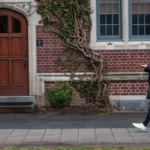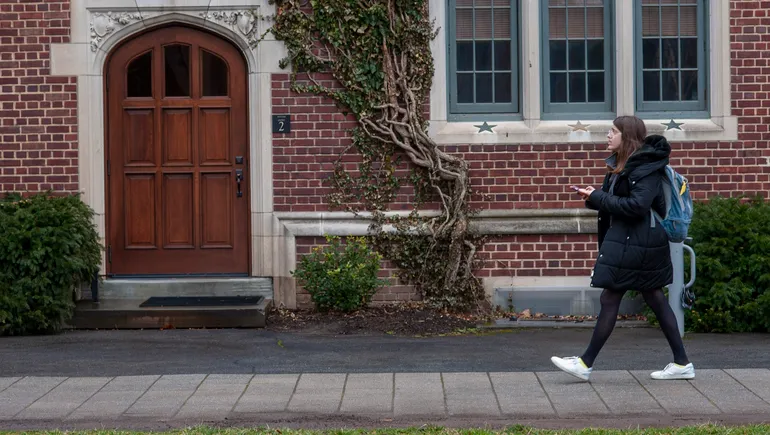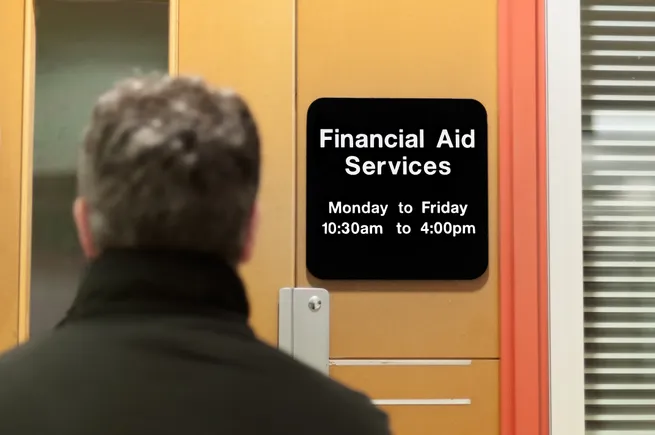The report, prepared by artificial intelligence provider Ocelot, suggests that many higher education CIOs find themselves in a challenging position. Many are required to show how they support institutional key performance indicators, such as enrollment and retention, yet persistent pain points hamper their ability to do so, including lack of funding, siloed systems and strapped IT teams managing complex systems.
Meanwhile, universities are striving to demonstrate value to students in the face of rising tuition, increased scrutiny of student loan debt and fears of an enrollment cliff. Amid all of that, one of the most powerful ways to attract and retain students is by creating an exceptional user experience. That’s where it often gets complicated.
Wi–Fi Quality Is Closely Tied to Students’ Perceptions
In some cases, an institution’s biggest hurdle might be foundational, says Mark McCormack, senior director of research and insights for EDUCAUSE. When EDUCAUSE surveyed students about their technology experiences in 2023, they overwhelmingly indicated that high-quality internet access is a prerequisite for a positive technology experience.
“Those two things are inseparable,” McCormack says. “When we asked our students, in general terms, ‘What could your institution do to improve your technology experience?’ far and away, most students went to Wi-Fi.”
RELATED: Lean how one Oklahoma university tapped Wi-Fi 6E to expand access and connectivity.
Kathe Pelletier, EDUCAUSE’s senior director of community programs, says another base expectation is a well-designed, frictionless user experience — the type students are accustomed to as consumers. Incorporating best practices from journey mapping and user experience design can elevate the quality of apps and other tools to ensure students find them useful rather than annoying.
For example, when the University of Arizona completed a digital experience mapping effort, it revealed “how incredibly disparate the user experience was across these systems and how jarring that experience was for students trying to understand how to complete simple tasks,” writes university CTO Darcy Van Patten in an article for the EDUCAUSE Review.
At the same time, institutional differences can also create constraints on enhancing students’ digital experience. Pelletier notes that a small, rural community college with fewer resources than a large research institution might use third-party apps rather than custom-designing its own.
#Whats #Preventing #Universities #Improving #Students #Digital #Experience










